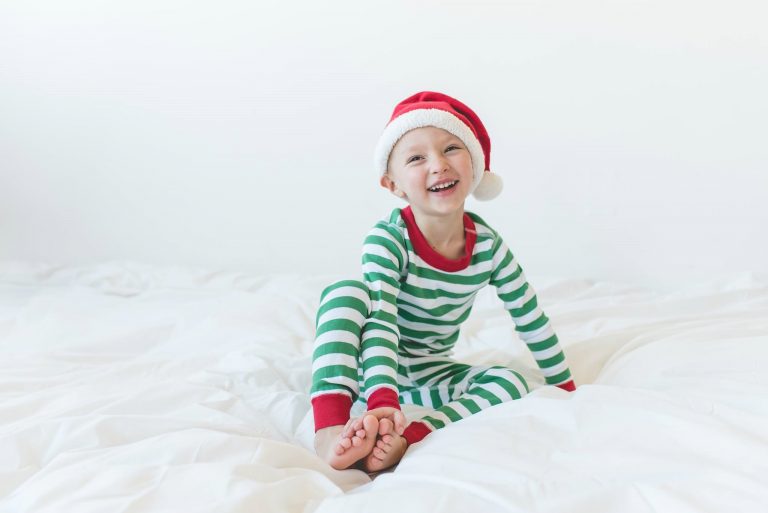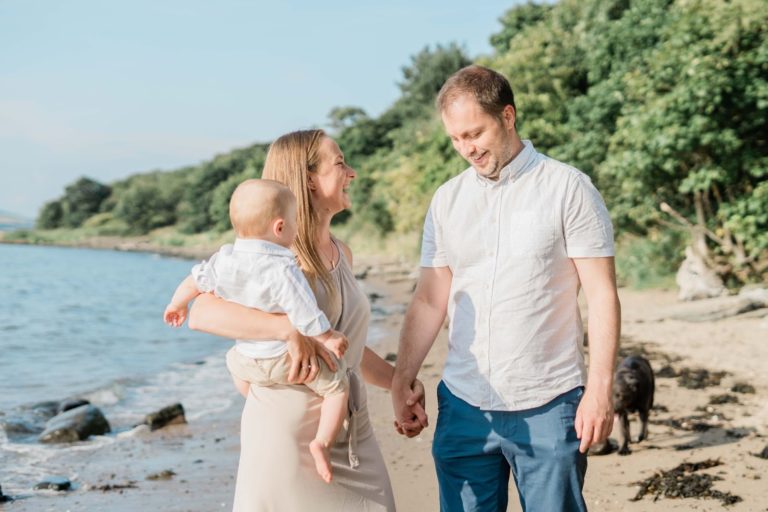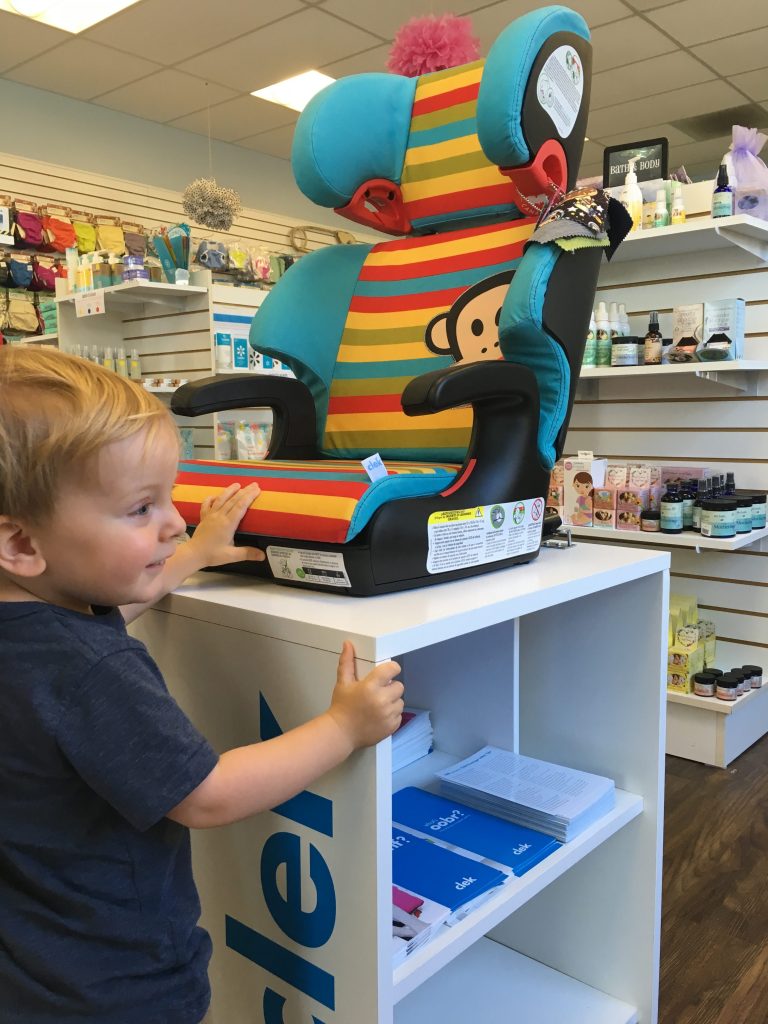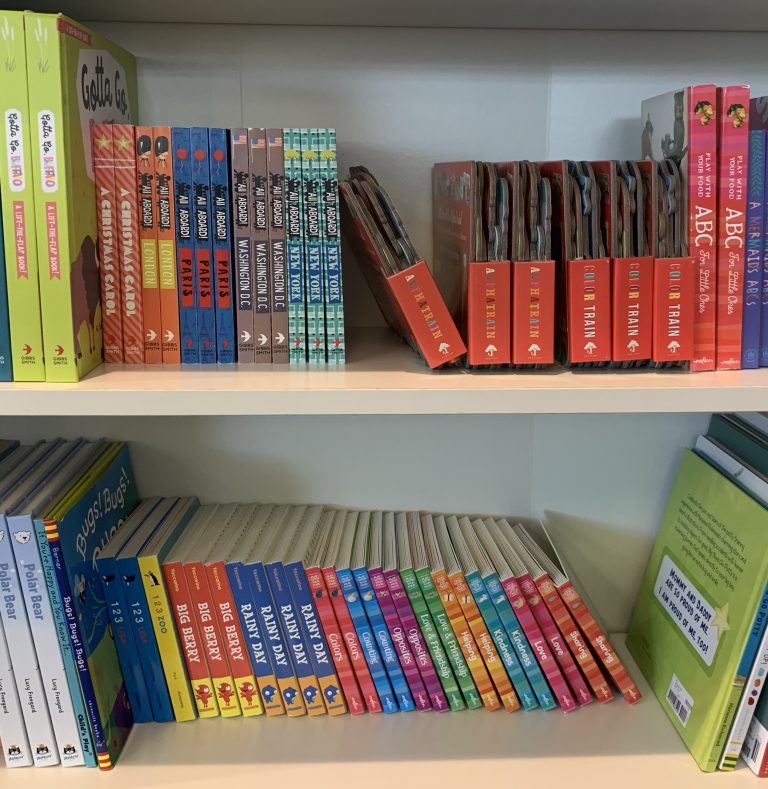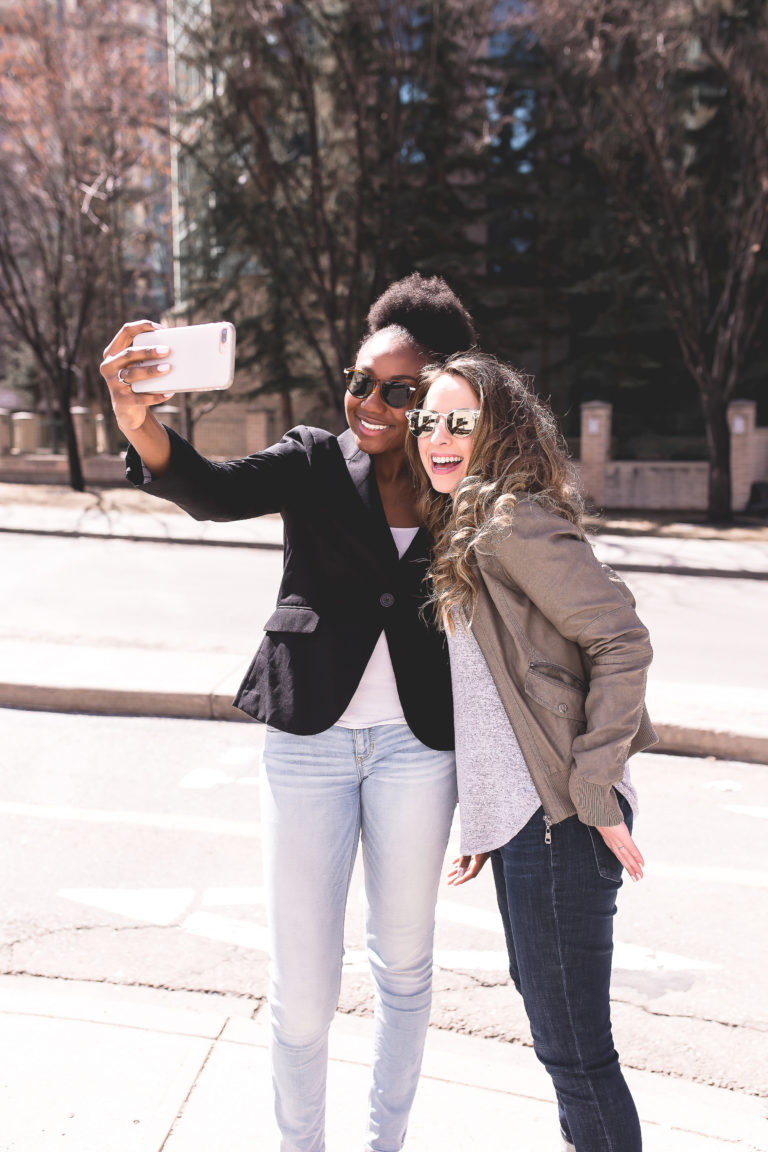Cloth Diapers vs. Disposable Diapers…Is Reusable Really Better?
7 minute read
Curious about cloth diapers? Wondering if they’re really better than the disposable kind?
Cloth diapers have come a long way since your parents and grand-parents generations. Today, they come in lots of fun patterns, convenient shapes and sizes, and offer many benefits that some parents just can’t resist.
Cloth diapering may seem a little confusing at first. How do you know if they’re the right fit for you and your family? With the right knowledge and information, this decision can be a piece of cake.
Ready to dive into the world of cloth diapers? Read on for the top benefits of cloth diapers and types of diapers… Along with our favorite tips and must-have how-to’s.
Cloth diapers vs. disposable
Even though 95% of parents prefer to use disposable diapers, the popularity of cloth diapers is on the rise! Today there are dozens of cloth diaper varieties out there.
Here are the top benefits of cloth diapers that often tip the scale for parents in favor of these reusable wonders.
- Cloth diapers can save you money
Most babies go through 5,000-6,000 disposable diapers within their first two years of life. This can add quite a bit to your grocery bill, usually about $70 a month, or $840 a year.
You may want to avoid this expense by going with a reusable option. Cloth diapers can be used for months or years if they are properly cared for. After an initial investment of $300—$800 to get set up with cloth diapers, the ongoing expenses are fairly low.
- Cloth diapers for babies with sensitive skin
Disposable diapers contain dyes and gels that may be too harsh for your little one’s skin. But cloth diapers are made with natural materials that won’t irritate your baby’s skin.
Cloth diapers can also be more comfortable for babies because the fabrics used are simply softer and more pleasant to the touch.
- Cloth diapers are environmentally friendly
Since cloth diapers are made with natural fibers like cotton, bamboo or hemp, they’re reusable and biodegradable. You may use 15-35 cloth diapers as opposed to thousands of disposable diapers.
Plus, diapers and the third-largest single consumer item in landfills. And they take hundreds of years to decompose (if ever). Most cloth diapers can decompose within 5 months.
Also, the manufacturing of disposable diapers uses more natural resources, water, and energy than cloth diapers. And during the production, toxic substances are released which can contribute to water and air pollution and global warming.
Some people may wonder about the amount of water and energy used to launder cloth diapers. But depending on how you wash and dry them, much of this impact can be reduced.
- Cloth diapers come in many fun designs
We love throwing this one in there, especially for parents who want to have a bit more fun with the look and style of their baby’s diapers. You can make your own or find many cute patterns that fit your unique style!
Types of cloth diapers:
So you may be wondering…what is the best type of cloth diaper out there? There are so many options, the key is to find the right one for you and your baby.
Before stocking up on one type, try testing out a few different kinds to see which you prefer. This will save you time and money in the long run.
Here’s a look at the different types of cloth diapers available:
All-in-one cloth diapers:
If you want the ease of a disposable diaper, but would like a reusable option, all-in-one diapers may be a perfect fit. These are definitely the “simplest” diapers, because all the layers are sewn together into one piece. Just put it on and take it off!
Keep in mind: These diapers are a bit more expensive. They can also be a bit bulkier without the flexibility of adjusting the amount of absorbency. And you’ll probably need more on hand since you have to throw the whole diaper in the wash after one use.
Hybrid (aka.All-in-two) cloth diapers:
Hybrid diapers are like all-in-one cloth diapers, but they have a removable soaker pad. This gives you the option to adjust the absorbency levels which can be helpful for nighttime. Usually, you can reuse the diaper for several uses simply by changing the insert pad.
Keep in mind: These diapers may be a bit more complicated than all-in-one cloth diapers. Be patient and give yourself a few tries to get the hang of it!
Prefold cloth diapers:
Prefold diapers have two layers — an inner absorbent layer and outer waterproof cover. The inner layer can be a piece of flat fabric, which you then fold. Or pre-folded with an absorbent area in the middle.
You have to change out the inner layer after each change. But the good news is the outer cover can be used for several changes! This means you may be able to save some money, since you’ll need less covers (you’ll probably want 4-6)… And make sure to have 24 prefolds on hand.
Keep in mind: Prefold cloth diapers are probably the most challenging to use. They involve some work on your part since you have to fold the inner layer. This can be more time consuming and can take a little practice.
Fitted cloth diapers:
Fitted diapers have a similar shape to disposable diapers, which makes them more absorbent and great for overnight. They have closures and contours that really help to fit your baby’s curves.
You’ll still need an outer cover, and will probably want 4-6 covers on hand along with 24 inner fitteds.
Keep in mind: These diapers are amazing, but can be a bit bulkier than others. It’s helpful to plan for this when you’re packing your diaper bag!
Pocket cloth diapers
Pocket diapers are a great option if you’re used to disposable diapers. They consist of a diaper cover similar to a prefold or hybrid diaper, but have a pocket where you can place an inner absorbent layer. This allows you to adjust the absorbency of the diaper.
Keep in mind: You’ll have to wash the entire diaper after each change. This will require having more diapers on hand and more time spent doing laundry.
How to use cloth diapers:
Using cloth diapers is easier than you may think. Most diapers have easy velcro or snap closures, making it super simple to put them on your baby and adjust the size of the diaper for a perfect fit.
All of the main diaper brands come with helpful instructions. When in doubt, take a look at YouTube which has helpful tips, tricks, and how-to videos.
5 Tips for using cloth diapers:
There are a few things to be mindful of if you want to try out cloth diapers. We’ve found that these 5 tips can help new parents have a smoother transition to using cloth diapers.
- Have a wet bag on hand for storing cloth diapers
With no chemicals for absorbency, cloth diapers tend to be stinkier than disposables. You’ll want to have a wet bag on hand if you’re changing your little one at home, or a smaller portable one if you’re out and about. This will help contain the smell until you’re ready to throw them in the washer!
- Wash cloth diapers every day, or every other day
Stay on top of washing your cloth diapers, preferably every day. It’s recommended to accumulate diapers for no more than two days. Sitting dirty diapers can lead to lots of stink, germs, stains, and sometimes permanent damage to your cloth diapers.
This could add a few extra loads to your weekly laundry routine and a few extra dollars to your water and electricity bill.
- Expect to change cloth diapers more often than disposables
Cloth diapers aren’t as absorbent as disposables and get wetter quicker. This can often be uncomfortable for your little one if their diaper gets wet and cold. Expect to change your baby’s diaper more frequently than with a disposable diaper, usually every 2 hours. Plus, waiting to change their diaper can lead to skin irritation, rashes, and an unhappy baby.
- Have a little extra room for cloth diapers when you’re on the go
If you’re out and about with your little one, just remember that they’ll need changing more often. Always have an extra cloth diaper on hand – which may take up a bit more room in your diaper bag than a disposable diaper. And be prepared to carry around the dirty diaper until you can wash it when you get home.
- Prepare for a little extra hygiene cleanliness
As with disposable diapers, you’ll always want to wash your hands after changing your baby’s diaper. With cloth diapers, you may encounter poop and pee on a more regular basis, since you’ll be handling dirty diapers more frequently.
Wash your hands, keep hand sanitizer handy, and pack some travel hand wipes when you’re on the go.
How to know when to change a cloth diaper:
A good rule of thumb is every two hours. You’ll be able to tell your baby needs a change when the diaper hangs a bit lower on your baby. It may also feel stiffer from the fabric’s fibers stiffening when they become wet.
How to wash cloth diapers:
The first step is to dispose of and wash off any messes on the diapers. Then, you’ll wash them separately from your baby’s clothing — preferably with a gentle detergent that doesn’t have perfumes or dyes.
Start with a warm rinse, then wash on the heaviest setting and finish with a cold rinse. Hang dry the covers and wet bags, and throw everything else in the dryer — but skip any fabric softener.
How many cloth diapers do I need?
Well it depends on the type of cloth diaper you choose and how much flexibility you’d like. Aim to have around 24 diapers on hand, assuming you’ll do 2-3 loads of laundry each week. If you’d like to do less laundry, consider bumping that number up to 35.
If you see yourself doing laundry on a daily basis you could probably get away with fewer diapers. And going with prefolds or hybrid cloth diapers is another good option if you want fewer diapers, since you can reuse the covers.
Just remember a newborn may need changing up to 15 times a day! As they get a bit older, this number will decrease to 8-10 times a day. Make sure you have enough supplies on hand to change your little one every time they’re wet. This will help you to avoid unhappy cries or diaper rashes.
Get started with cloth diapers:
Want to learn more about the how-to’s of cloth diapers in person? Attend our Cloth Diaper 101 class! We’d love to guide you through the process and help you decide if they’re the right fit for you. Plus, you’ll meet other like-minded parents interested in cloth diapering!
If you’re sold on cloth diapers…it’s time to start shopping! We’ve done the hard work for you and pulled together our favorite cloth diaper covers, liners, inserts, and accessories on the Babies in Bloom Boutique. Start browsing today to begin your cloth diaper journey!
Want help comparing brands or picking out what items you need? Stop by the boutique to chat with one of our Bloom Girls! We’d love to help simplify your shopping.

